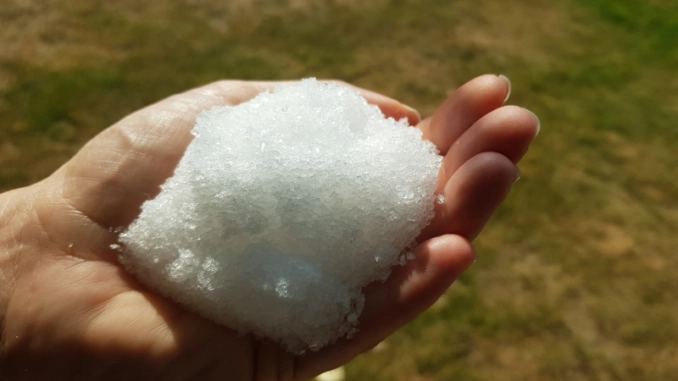
Regardless of the weather, it is possible to make artificial snow at the minute. With a diaper and some water, you can make it. You’ll make it yourself, without a freezer, but with a bit of science.
You will need:
- 2 to 3 diapers
- 150 ml of water
- A large bowl
- A clear glass
- A pair of scissors
- A soup spoon
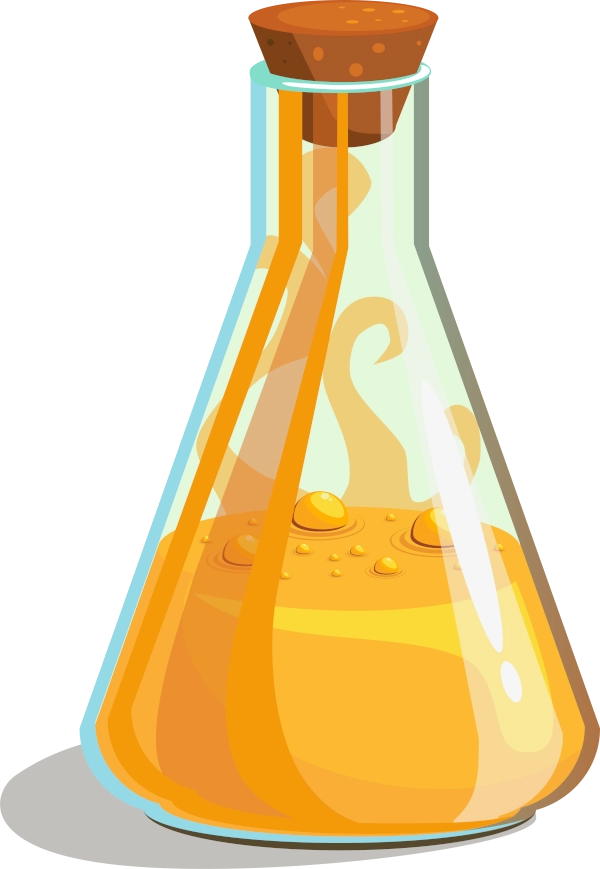
From 5 years

Difficulty : easy

This experience requires the help of an adult

Let's experiment
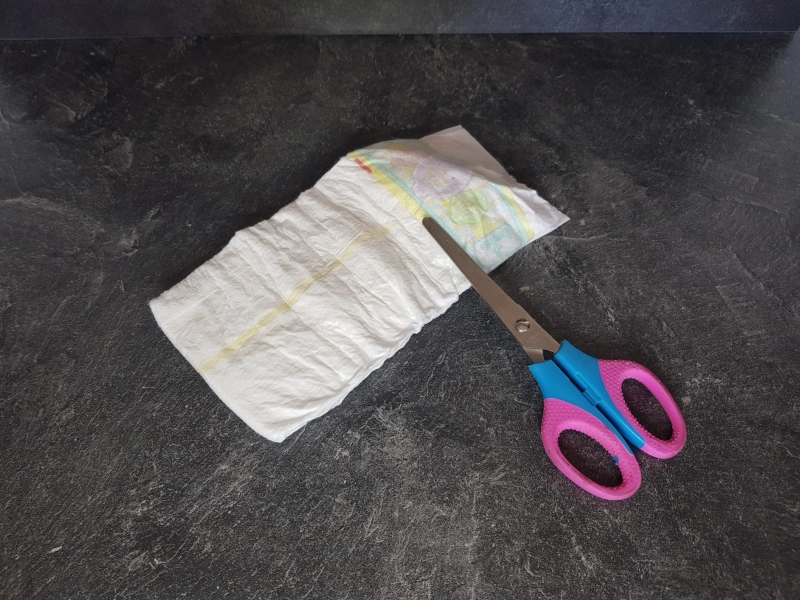

Using your scissors, cut out the diaper. Make sure the work surface is dry.
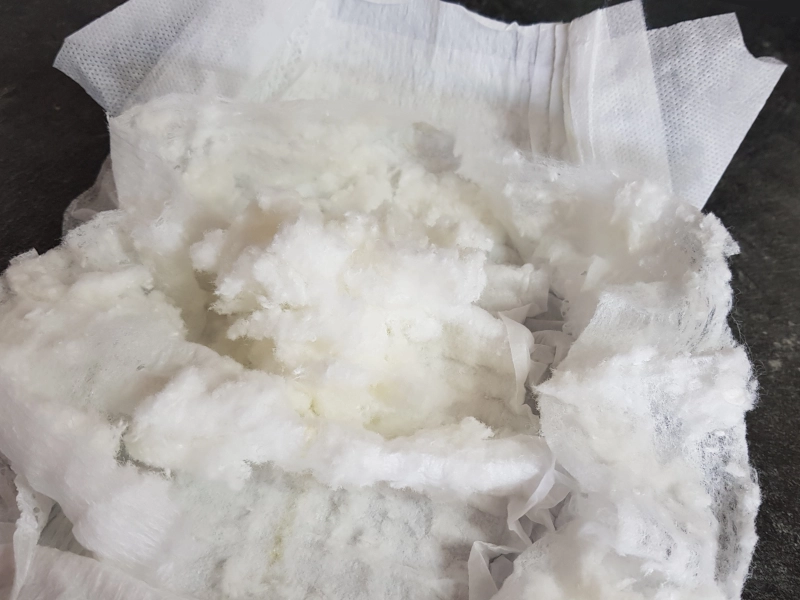

Remove the cotton balls from the diaper and set them aside.
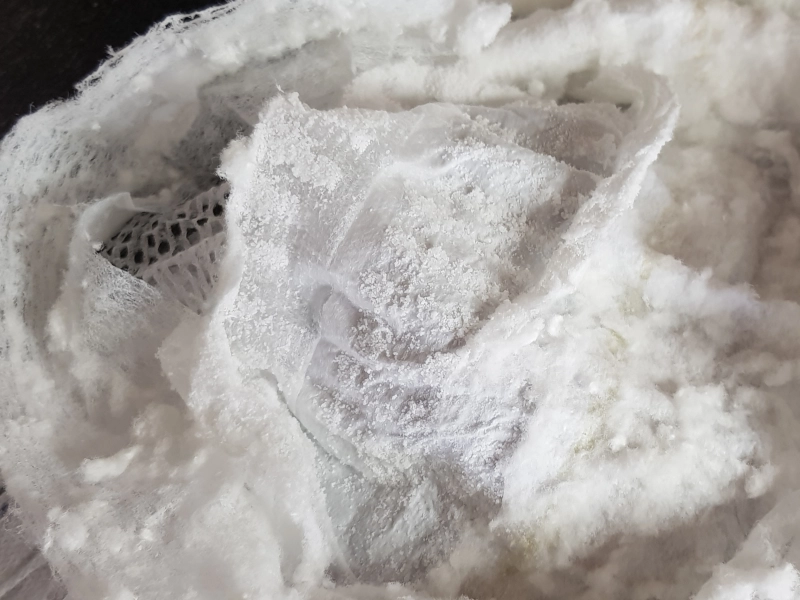

Peel off the protective film in the diaper to release a white powder. With your fingers, peel it off.
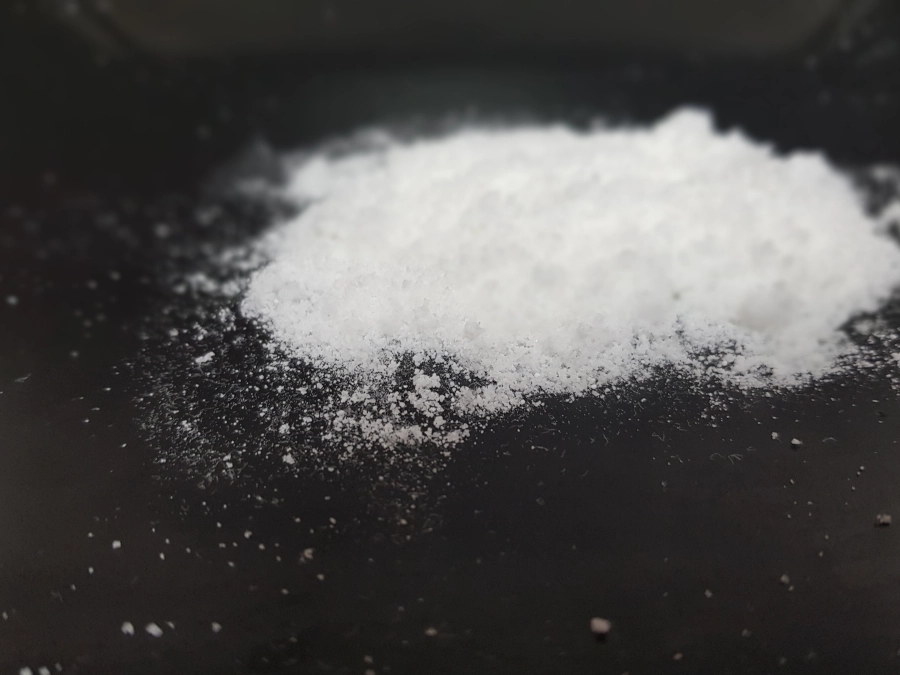

Collect this powder in a dish or plate.

In a clear glass, add two tablespoons of white powder.
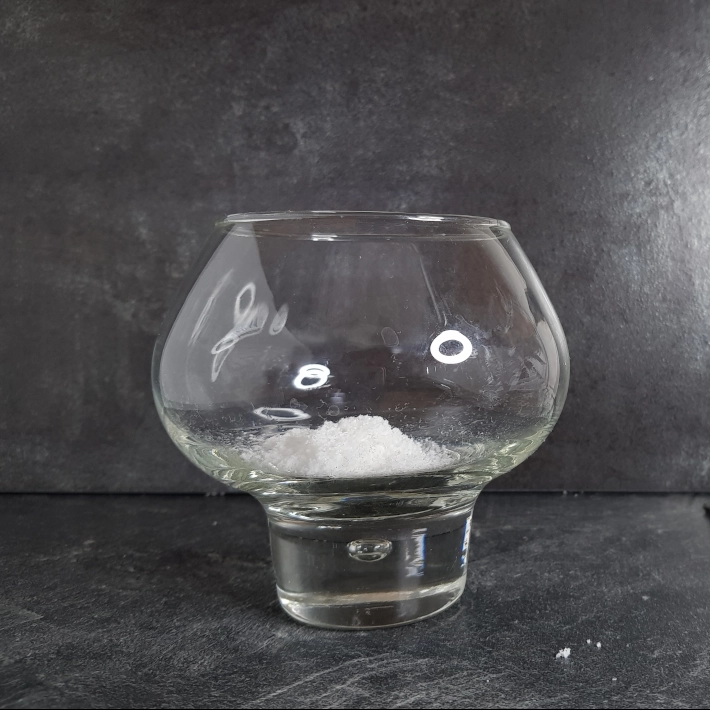
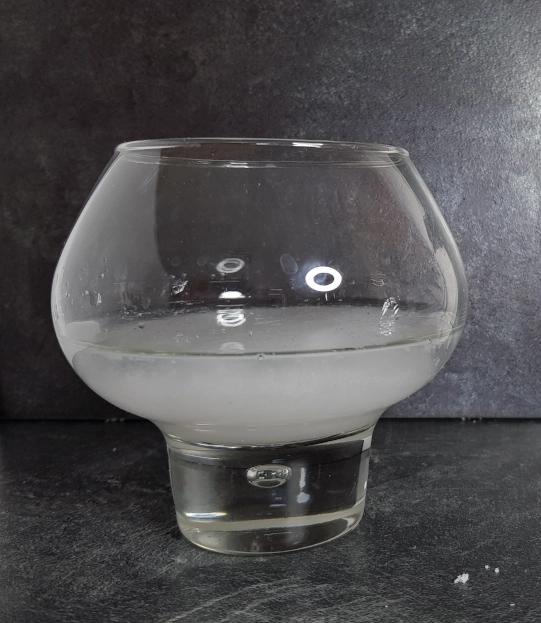

Add 150 ml of tap water all at once.
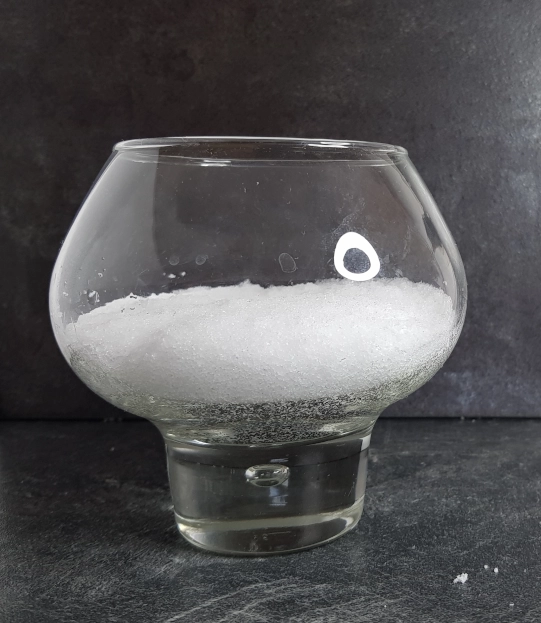

And watch.

Within seconds, snow has formed in your glass. But is it snow?
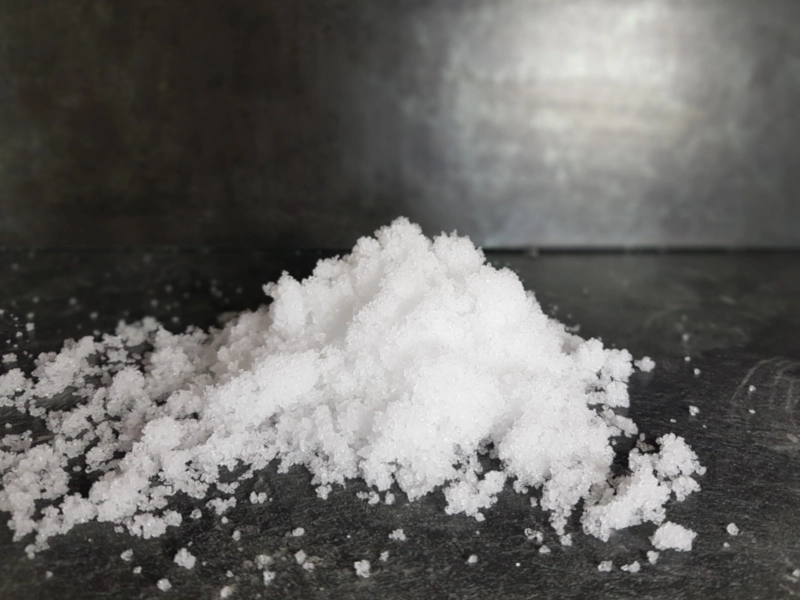
Understand the experiment
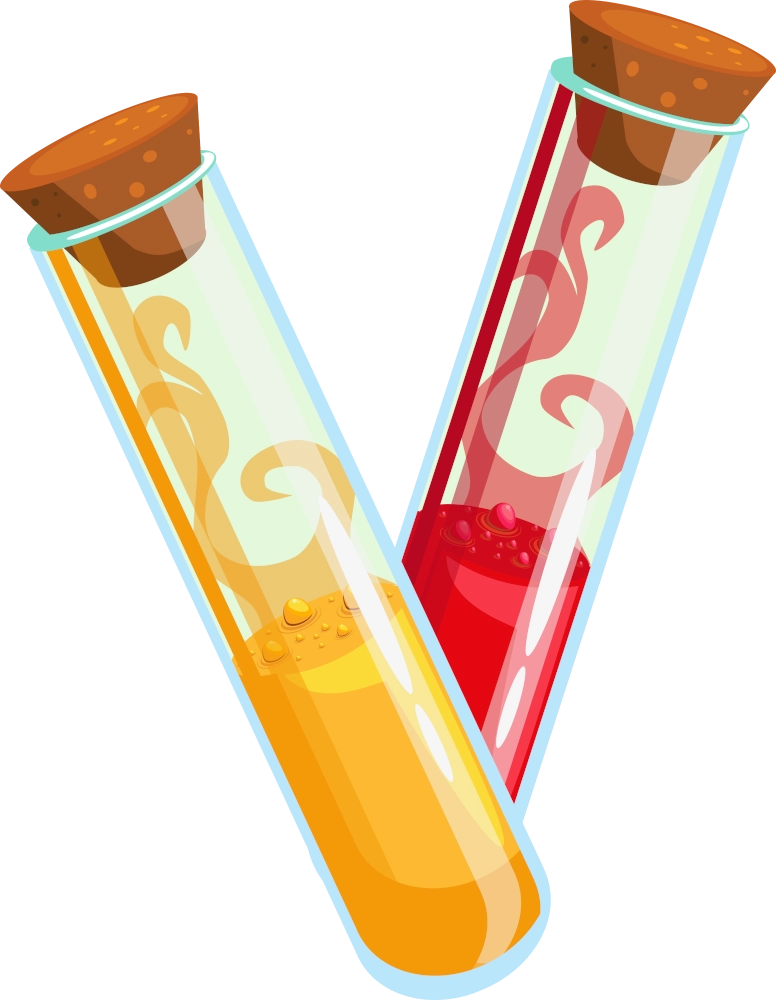
Artificial snow, microscopic sponges
With a diaper and water, you created artificial snow in seconds without using a freezer. This fake snow has nothing to do with frost, ice cubes, or ice crystals. Even crazier, the water disappeared without freezing. But where did it go?
The powder you collected in the swaddles is special. If you could see on an atomic scale, you would observe that these white dust grains are microscopic sponges. Like bath sponges, they can absorb huge amounts of water. That is why they are used in diapers to absorb urine from babies.
These miniature sponges are made of giant molecules called polymer. You can imagine them as huge cooked spaghetti. In this experiment, the polymer is called “sodium polyacrylate” and you’ll understand its purpose.
Why doesn't it dissolve in water like salt?
Like sponges, the powder swells but does not dissolve. The huge polymer chains are linked together by knots. So when you add water, the white powder swells and holds it. Pretty smart, huh?

It diffuses; the principle of osmosis.
If it swells that much, it’s because of the phenomenon of osmosis. What is it?
Mini sponges are made of polymers but also contain salt. Some sodium in particular. This sodium gets trapped inside the sponges. It is responsible for the swelling.
In fact, tap water is soft water. It contains almost no sodium. So there is a difference in sodium concentration between the water you add and what is in the mini sponges. Nature does not like imbalances. As a result, the particles will absorb more water to dilute the sodium trapped in the powder. Chemists call this the phenomenon of osmosis.
Did you know?
Artificial snow used in agriculture
The absorbency of this chemical is so effective that some farmers use it to retain water in the soil. Especially in hot arid countries to prevent water evaporation. The tiny beads soak up water and then water the seedlings. Since the water does not evaporate, the farmer needs to water his crops less. A great idea to reduce waste.
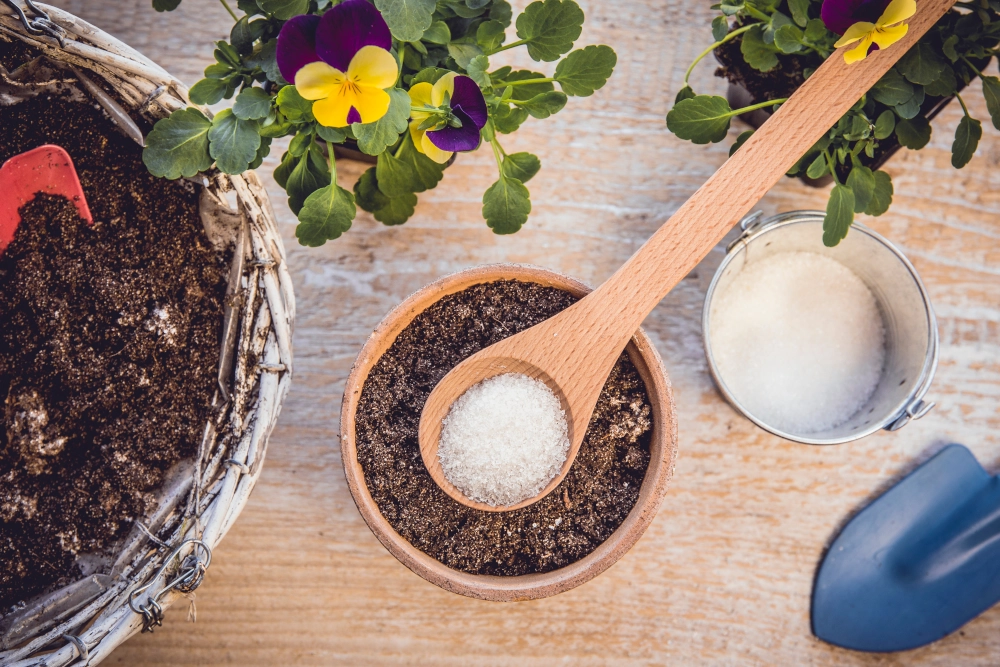
Challenge
Add salt to swollen marbles and see what happens!
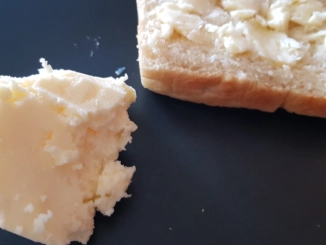
Abracadabra, I transform the cream into butter
Butter is obtained from cow’s milk. But did you know that you can prepare your […]
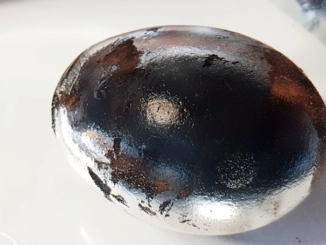
The illusion of the silver egg
A breathtaking illusion in which you will change the shell of an egg into silver. Long live physics. […]
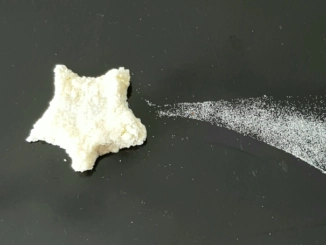
Transform milk into plastic
Did you know that plastic can also be produced from natural resources? The best example is milk! Milk proteins, huge molecules like those in plastics, can, under certain conditions, agglomerate to form a solid. […]


